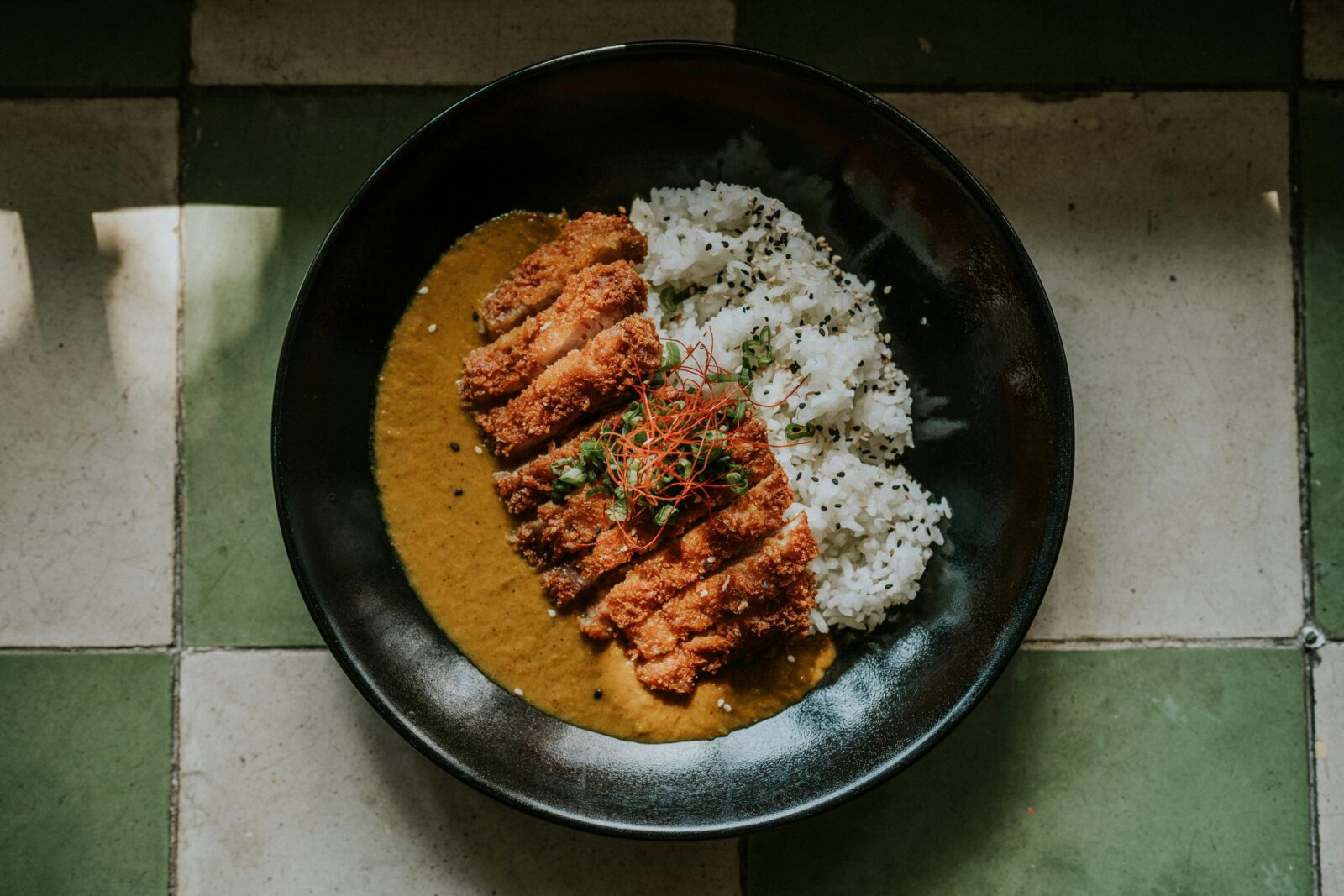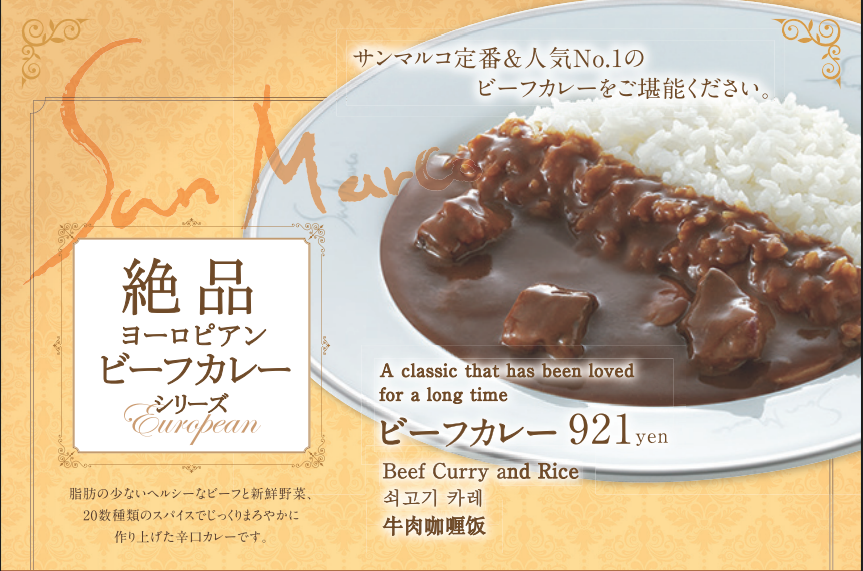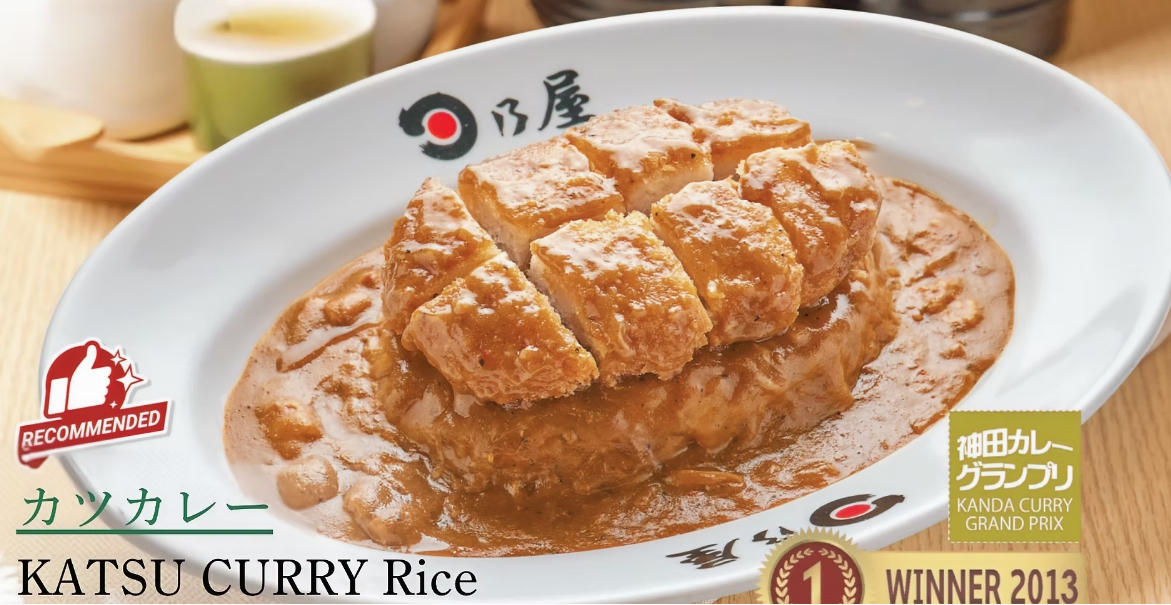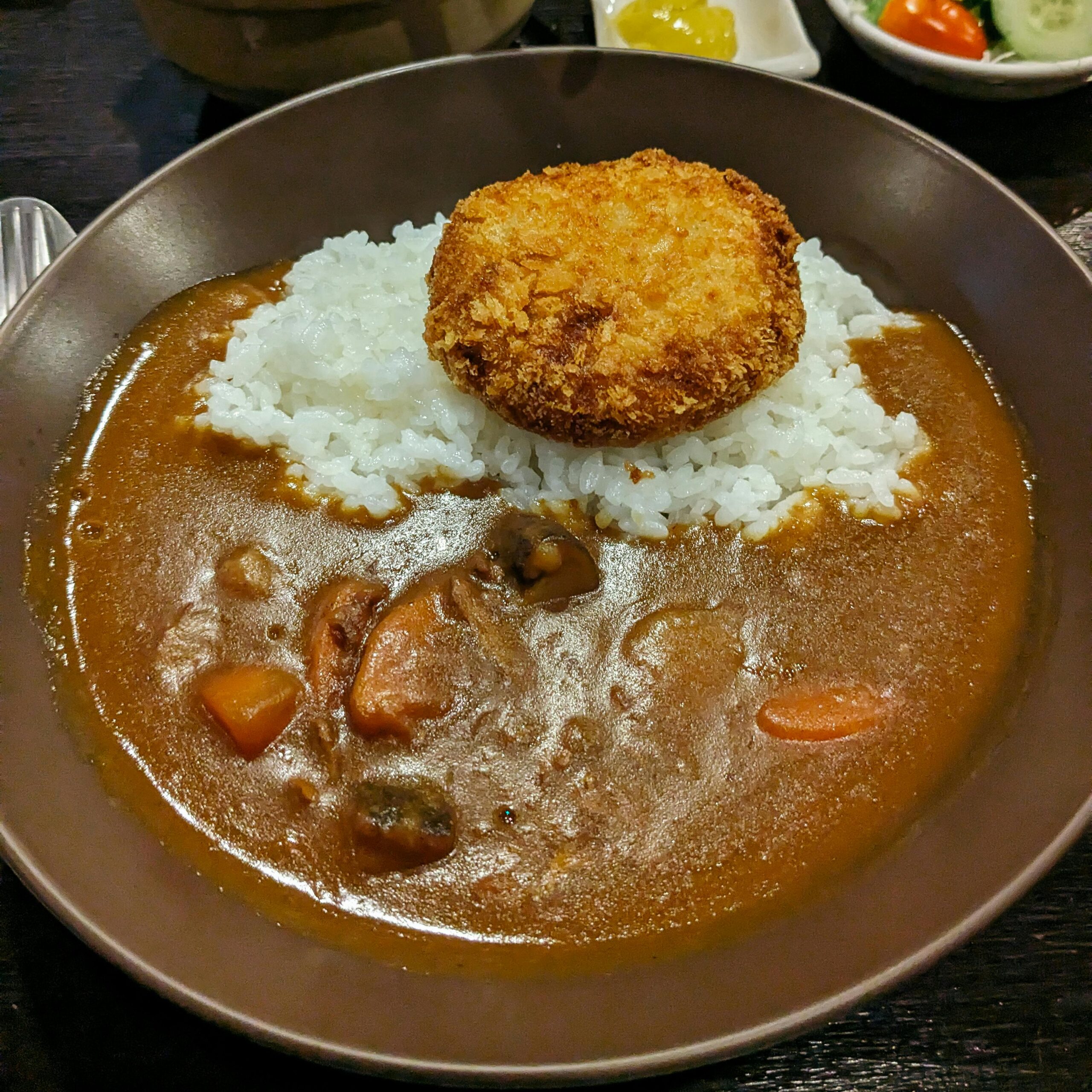Introduction – The Everyday Charm of Japanese Curry Rice
Curry rice, or kare raisu (カレーライス), is one of those dishes that gently settles into your life the moment you arrive in Japan. It isn’t as glamorous as sushi, nor as internationally iconic as ramen. Yet whether you step into a school cafeteria, a cozy family restaurant, a convenience store, or even a neighbor’s home, curry rice is always there — warm, aromatic, and quietly reassuring.
Mild, slightly sweet, and wonderfully comforting, it feels like a soft exhale after a long day. Beyond taste, Japanese curry reflects something deeper: Japan’s ability to take an outside influence and transform it into something distinctly Japanese. It is hearty, approachable, and endlessly adaptable — a dish that tells a story through every gentle spoonful.
From Britain to Japan – The Surprising Journey of Curry
Although many associate curry with India or Thailand, the version that captured Japan’s heart arrived through Britain. During the Meiji era in the late 1800s, Japan was modernizing rapidly, and British-style curry powder found its way into naval kitchens. It was practical, energy-rich, and easy to prepare in large quantities — perfect for feeding crews at sea.
Japan, however, didn’t simply adopt it. They softened the spice blend, thickened the sauce, and created a roux-based curry that delivered a smoother, more comforting flavor. Within a few decades, curry rice evolved from a foreign dish into a beloved staple woven into Japanese daily life.
Some historians even note that curry contributed to improving the nutrition of Japan’s naval forces — a delightful reminder of how food can shape history in unexpected ways.
What Makes Japanese Curry Unique?
Each country approaches curry differently:
- Indian curry layers spices boldly and creatively.
- Thai curry bursts with coconut milk, herbs, and vibrant aromatics.
- Japanese curry settles into something gentler — mild, slightly sweet, thick like a stew, and deeply homey.
Its strength lies in simplicity. The smooth sauce clings beautifully to rice, the flavors are balanced and approachable, and the dish appeals to everyone from schoolchildren to grandparents.

A Bowl of Comfort for Every Season
Japanese curry shines year-round. It warms you in winter, satisfies you on a rainy afternoon, and somehow still feels right even in the heat of summer. For many families, curry carries a sense of nostalgia — weeknight dinners cooked by a busy parent, pots of curry served during school events, or comforting leftovers waiting in the fridge.
And because curry tastes even better the next day as the flavors deepen, it makes leftovers feel like a small gift to your future self.
Building the Perfect Japanese Curry
A classic Japanese curry usually includes:
- Curry roux – those iconic blocks that melt into a velvety sauce
- Vegetables – potatoes, carrots, onions
- Protein – pork, chicken, or beef
- Japanese short-grain rice – soft, slightly sticky, perfect with thick curry
- Optional toppings – soft-boiled egg, cheese, fried shrimp, or the famous katsu curry
Simple ingredients, but endless comfort.
Rice and Curry – A Perfect Partnership
Japanese rice elevates the dish. The short-grain texture absorbs the sauce beautifully, creating a cohesive bite that blends soft, tender grains with rich, flavorful curry.
It’s a pairing so natural it feels like they were always meant to be together.
A Dish Designed for Creativity
One of curry’s greatest charms is how customizable it is. Many households have their own “secret curry,” often including additions like:
- grated apple
- soy sauce
- honey
- yogurt
- coffee
- chocolate
These little touches make each family’s curry feel personal and full of character.
Everywhere You Look – Curry in Daily Japanese Life
Curry is woven into everyday routines:
- School lunches serve it often because kids adore it.
- Bentō shops and convenience stores prepare ready-to-eat portions.
- The Japanese Maritime Self-Defense Force famously serves curry every Friday — a beloved naval tradition.
Its steady presence in both home life and institutional life gives the dish a universal familiarity.
From Home Kitchens to Curry Chains
Coco Ichibanya (“CoCo Ichi”) took curry to a new level by allowing diners to customize everything — spice level, toppings, rice amount, even the curry base itself. This made curry not just a homey food, but a restaurant favorite.
Yet many people still say the best curry is the one simmering quietly in their family kitchen.
Popular Curry Chains Loved by Locals in Japan
While CoCo Ichibanya leads the way in customization, Japan has many other curry chains that locals enjoy. Each offers its own style, flavor, and loyal following:
1. Go! Go! Curry (ゴーゴーカレー) – Kanazawa-Style Curry
Known for:
- Thick, dark, rich curry
- Shredded cabbage
- Served on stainless-steel plates
- Popular “katsu curry” options
Kanazawa-style curry is heavier and more intense, making it a favorite for hearty appetites.

2. Curry House San Marco (カレーハウス サンマルコ)
Known for:
- Western-style Japanese curry
- Smooth, elegant flavors
- Popular in department stores (especially Hankyu/Hanshin)
A bit more refined, often enjoyed by families and office workers.

3. Hinoya Curry (日乃屋カレー)
Known for:
- Slightly sweet start with a spicy finish
- Extremely flavorful, caramelized-style curry
- Hinoya has grown quickly in Tokyo and major cities because of its rich, nostalgic flavor.

4. Joto Curry (上等カレー)
Known for:
- Osaka-style curry
- Smooth, mild, and slightly sweet
- Famous for katsu and cheese toppings
A long-loved Kansai brand that feels like “classic Japanese curry.”
5. Matsunoya / Matsuya Curry (松屋のカレー)
Known for:
- Surprisingly good curry from a beef bowl chain
- Rich “Original Curry” and “Gorogoro Chicken Curry”
Many locals say Matsunoya/Matsuya actually beats some dedicated curry restaurants.
6. Soup Curry Garaku (札幌ガラク) – Soup Curry
Known for:
- Hokkaido-style soup curry
- Light, spicy broth filled with vegetables
- Popular in major cities beyond Sapporo
A completely different vibe from thick roux curry but extremely popular.
Curry in Japanese Pop Culture
Curry appears again and again in anime as a kind of visual shorthand for home, comfort, and family time. From school lunch scenes to quiet evenings around the table, a steaming plate of kare raisu instantly tells the viewer, “You’re home. You can relax now.”
Instant Curry Packs – Everyday Convenience With Surprising Quality
Part of curry rice’s enduring popularity comes from how accessible it is. Grocery stores, MUJI, and local specialty shops offer a wide variety of instant curry packs (レトルトカレー) that are surprisingly flavorful and convenient. Many people enjoy these as a quick meal after work or as an affordable alternative to eating out.
I recently tried a MUJI curry because my coworker — who loves curry — recommended it. For the price, it was impressively good, rich, and satisfying. Instant curry will never replace the warmth of homemade curry simmering on the stove, but it delivers excellent cost performance (コスパ) and convenience, especially for busy days.
With so many choices — from simple vegetable curries to regional specialties featuring local ingredients — instant packs allow anyone to enjoy authentic Japanese curry in just a few minutes. They are convenient, flavorful, and offer a surprising depth that reflects Japan’s love for this comforting dish.
The Hidden Health Benefits
Curry rice also offers balance:
- Carbohydrates from rice
- Protein from the meat
- Fiber and vitamins from vegetables
- Turmeric and spices with antioxidant benefits
It’s comforting without being overly heavy — another reason it appeals to all ages.
A Dish That Belongs to Everyone
Japanese curry rice represents the heart of everyday Japanese life — warm, familiar, welcoming. Whether you are a tired student, a busy parent, or a traveler exploring Japan, curry rice meets you with the same quiet comfort every time.

